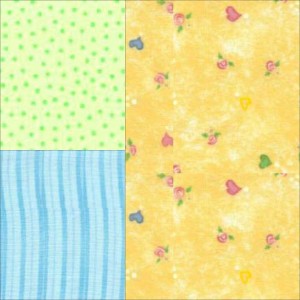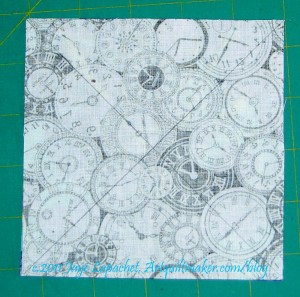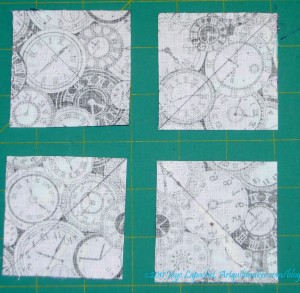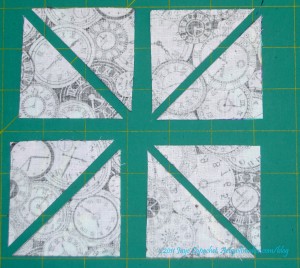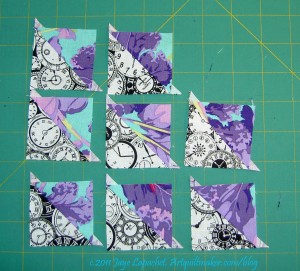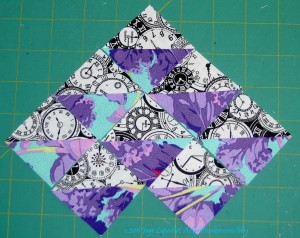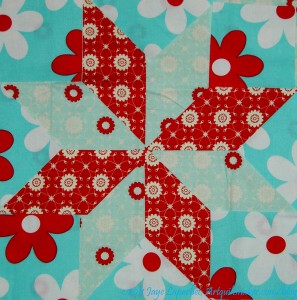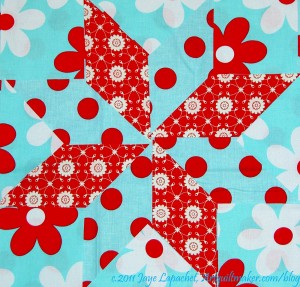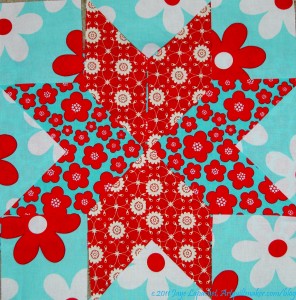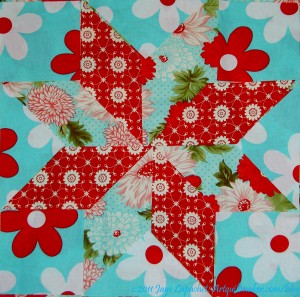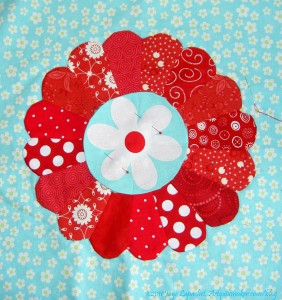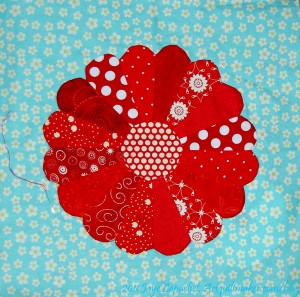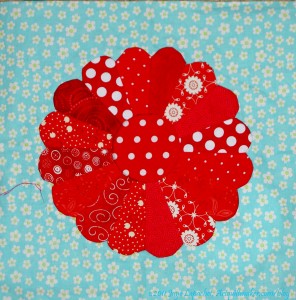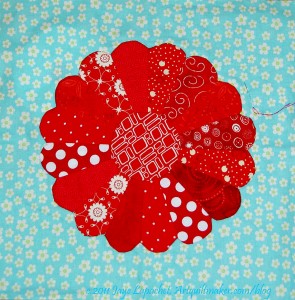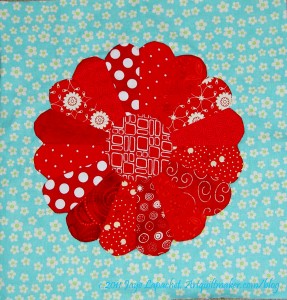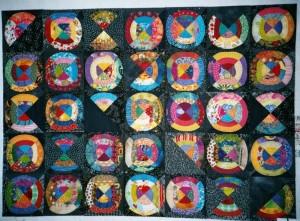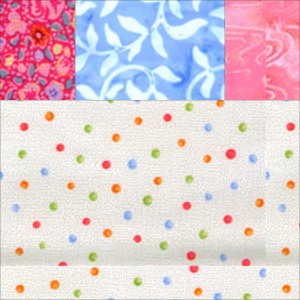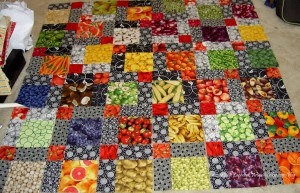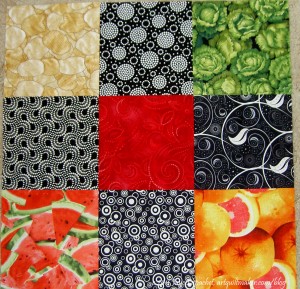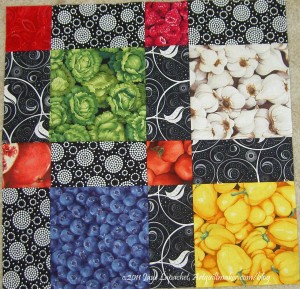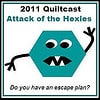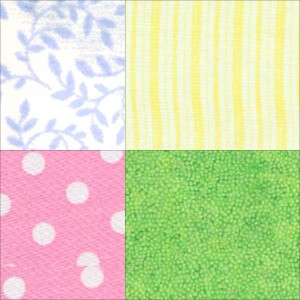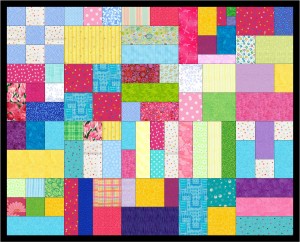 The Gentle Art of Quiltmaking: 15 Projects Inspired by Everyday Beauty by Jane Brocket
The Gentle Art of Quiltmaking: 15 Projects Inspired by Everyday Beauty by Jane Brocket
My normal practice for writing reviews is to read the whole book and review the whole book. Occasionally, I’ll glance through a book and write a short review based on my impressions. That was my intent with The Gentle Art of Quiltmaking.
My first impression was that it was a project book and I could churn out the review quickly. The book stayed in my bag and I slogged through the beginning, which covers fabric quantities, cutting fabric and calculating binding. I found the book hard to read and understand. I wasn’t getting the point and I couldn’t figure out the problem. The books is a nice hardcover, with gorgeous photos and pleasant font. The tone is pleasant to read.
One day I found myself with an hour or more to sit and nothing else to claim my attention. Having time, being able to slow down allowed me ‘get’ this book. I was able to fall into the mindset of the author and start to enjoy her writing. I was able to spend a couple additional hours focused on the text of the book. After finishing, I went back and read the beginning, which I found to be much more enjoyable. I realized, in going back, that Brocket says, at the very beginning of the introduction “This is a book about quilt inspiration.” And it is. I missed that crucial line.
This book is a project book, but if you buy this book because of fascinating projects, you will be disappointed. Buy the book for the inspiration and not the projects. Buy the book for the color stories. The subtitle is a complete misnomer and should have been something like “how to write color stories in fabric.” If you buy this book because of color stories, you will adore it.
Color stories seem to be coming into fashion as a way of narrowing a color palette for a quilt. Bill Kerr and Weeks Ringle talk about the “Big Idea” in their books. Michael Miller, a fabric manufacturer, is posting color stories on their blog.
The color stories are the best part of this book and what drew me in. Brocket does a great job of giving us insight into the inner workings of a creative person’s mind. The color stories also don’t shortchange the design process. They are an integral part of the design process. Brocket’s quilts have a story to tell, or a Big Idea to convey, like Bill Kerr and Weeks Ringle discuss in Quilts Made Modern. Jane Brocket‘s writing about the creative process demonstrates to the reader the work that goes into designing a quilt.
The stories start on page 31 with Beach Hut. Each quilt pattern is introduced by a few pages describing the thought that started it all, how the design fits into her idea, her story and how she selected the fabrics. In this section Brocket talks about books or other materials that entered into the design equation.
Fabric selection is also, clearly, a major factor in Brocket’s quilts. In some cases, she found a fabric and built a story and a quilt around it. In other instances, like with Beach Hut, Lisbon Tile and Summer Day, she has made a second quilt in order to expand the story or make the fabric work for her idea.
The fabrics are also not shortchanged. The author and publisher acknowledge the intelligence of the readers by saying exactly (from the selvedge) what fabrics were used. They also give ideas of what other fabrics could be used and acknowledge that fabrics go out of print fast. I saw this information also included in Pam Lintott‘s book,Layer Cake Jelly Roll Charm Quilts.
In quiltmaking, design, and especially color, are very important. In fact, design and color can be the raison d’être of the quilt, yet both design and color are often given short shrift in project books. Books and articles delve deeply into the how, but talk very little about the WHY of the quilt. Why that fabric? Why that fabric combination? Why the juxtaposition of the simplicity and complexity between fabric choices and piecing? This aspect is underrepresented in most current quilt books. As a result, it seems to be something that quiltmakers are not comfortable discussing or attempting.
Jane Brocket covers the WHY very well. She delves into the WHY in minute detail. She covers the creative process very well enabling the reader to understand that there isa process (not magic. Hopefully, the information described will give people permission to explore their own creative process.
A note about the styling: I was not enamored with the styling of the quilt photos. Most of the quilts are photographed in locations that appear to be beyond Shabby Chic and well into ramshackle and derelict. In the picture of the Beach Quilt, Candy version, the viewer sees more of the wall than the quilt. The book designer did include a quilt gallery with 4 photos to a page (this book is on the larger side) so the reader can see the quilts laid out flat without the creativity of the stylist.
View all my reviews
